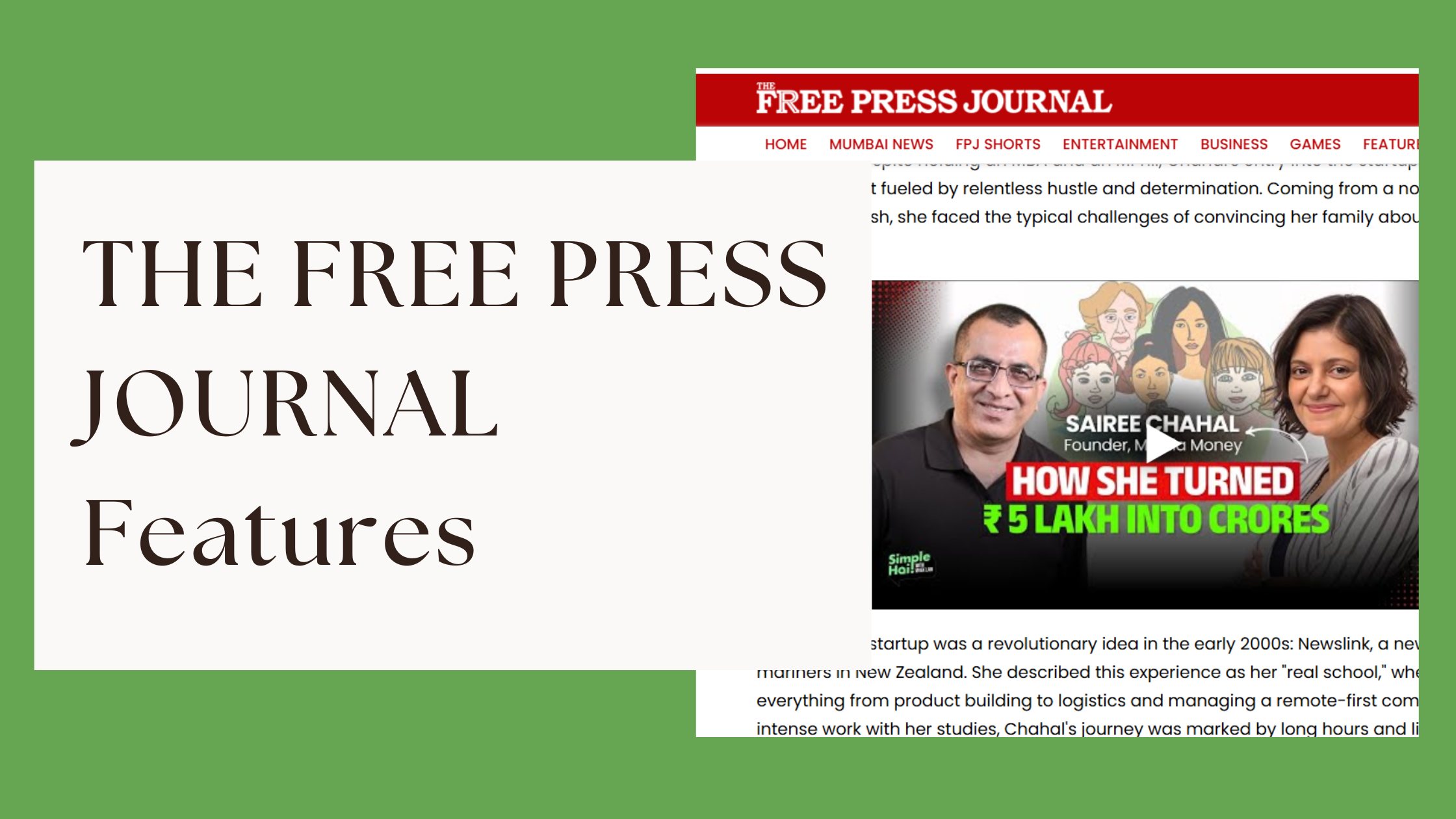Yahoo jolted everyone this week by banning remote work for its employees. The story has not stopped making headlines since then. The great thing that emerged was that the seemingly global majority undecided on workflex turned out to be its supporters. We have to thank Marissa Mayer for spotlighting the issue.
Traditionally, it is not new for businesses to deem workflex as ‘not for us’. For years, businesses have left un-extracted value on the table. For the fence-sitters and cynics, it might be interesting to go over key work-life trends in this context.
TRUST IS THE NEW BUSINESS CURRENCY
In case you haven’t noticed, businesses need to acquire, retain and grow trust from all their stakeholders, more than ever before. The open information network, the rise of global citizenship, the younger workforce have all meant that trust is the core around which businesses need to maneuver themselves. The trust economy lends itself to what is termed as the rise of creative collaboration – multitude of skills, backgrounds and energies combining to solve common problems.
ABSOLUTISM NO MORE
There is no absolutism in business anymore. Blended business models, complex eco-systems, shorter business life cycles – have reduced the island approach in business. Never say never was never truer. Collaboration, blended models, constant reevaluation, fast change, constant communication – are some trends businesses have to live with now.
AGE OF CHOICE
Isn’t 21st century an age of choice? The choice to be able to marry who you want, live where you want, learn what you want, have the world’s information at your disposal? And that applies to corporations too. Variety and variation in everything – from products we buy, to services we choose, to lives we lead. Workplaces need to acknowledge that needs and aspirations vary from individual to individual, from geography to geography and that workforce is not a lump of homogenous large group with no individuality. It includes everyone – global migrants, the natives, the digital citizens, the DINK couples, the single moms, gay families, elderly, veterans, the Gen X, Y and more.
FORMATS AND FITS
Remote work, telecommuting, work from home is just one page out of the workflex formats. There are over a dozen other formats that fit various business and strategic needs. These include flex work day, flex work week, job share, part time, core team flex roles etc. Carving out flex formats to suit an organisation’s growing needs is a function of business needs and needs to be thought through as part of the core planning process. However, many business teams find them at a loss when it comes to curating these engagements. Workflex formats are not one size fit all but. Workflex formats are not one size fit all but when applied in business contexts, will be key to business results. Businesses, which commit time and resources to plan these as part of their core, yield better long-term gains – of productivity, cost saving and engagement.
VIRTUAL MEETS REAL
Virtualisation of work and life is a real thing. For every 100 texts, IMs, Skype calls, there are perhaps five meetings. It is only going to grow, as we raise of children with smartphones in their hands from day one. They know no other reality and it simplifies things to enhance adaptability for us, who came in with a different version of work-life fit. Work will never be fully virtual or fully cubicle. Both will stay but the trend is weighing towards higher virtualisation.
DON’T FORGET SBMs
The uncertainty surrounding global economic conditions, the fall of the big global corporation, the result of the industrial age environment fatalism have shifted the pointer towards Small and Medium Businesses (SMBs). Anyone who follows the changing workplace trends will be able to tell you that SMBs are the big adopters and drivers of workflex. They are agile, adoptive, extract business value and are ready to make that investment. They are the ones who employ a large percentage of the workflex employees and build flexibility as a core business value. Home based work is only going to grow as technology gets better, work more knowledge driven and work-life choices more diverse. In fact, teleworkers is the fastest growing category of workers globally.
HAPPINESS, AN ADVANTAGE
The central resource in a knowledge led organization is the disposition and discretion of the worker. A CEO’s task before the balance sheet is to tilt the mindset of the knowledge worker in favor of the organisation and its mission. Leadership today is less about whom you lead and more about who wants to be lead by you. Physical, mental, cognitive well-being is the most valuable unwritten column in the P&L statement of a company and its impact is only set to grow.
REDUCED SILOS, MORE SHARING
No organisation of today is built on industrial age principal of silos. Flow, fluidity, constant change leading to increased sharing is the form of new age business. One thing leads to another, the world is a networked place, we want to share more, participate in the open sharing economy, learn through open streams of shared knowledge and align ourselves with communities that catch our interest, irrespective of their global locations. Businesses need to be cognizant of this fact and respond to the fact. The future is now.
The original article was featured as a opinion piece in The Times of India, Crest Edition



